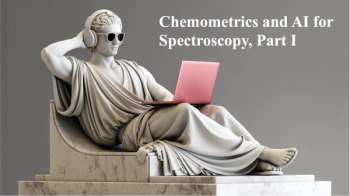
|Articles|November 2, 2016
Cement Analysis by the Pressed Powder Method on Benchtop WDXRF According to ASTM C114-11
Author(s)Applied Rigaku Technologies, Inc.
Cement is one of the most important materials for construction. ASTM C114-11 covers chemical analysis of hydraulic cement. XRF spectrometry is used for chemical composition analysis of cement due to its simple sample preparation and high precision. This application note demonstrates quantitative analysis for Portland cement by the pressed powder method according to ASTM C114-11 on the Rigaku Supermini200, a benchtop sequential wavelength dispersive XRF spectrometer.
Advertisement
Newsletter
Get essential updates on the latest spectroscopy technologies, regulatory standards, and best practices—subscribe today to Spectroscopy.
Advertisement
Advertisement
Advertisement




